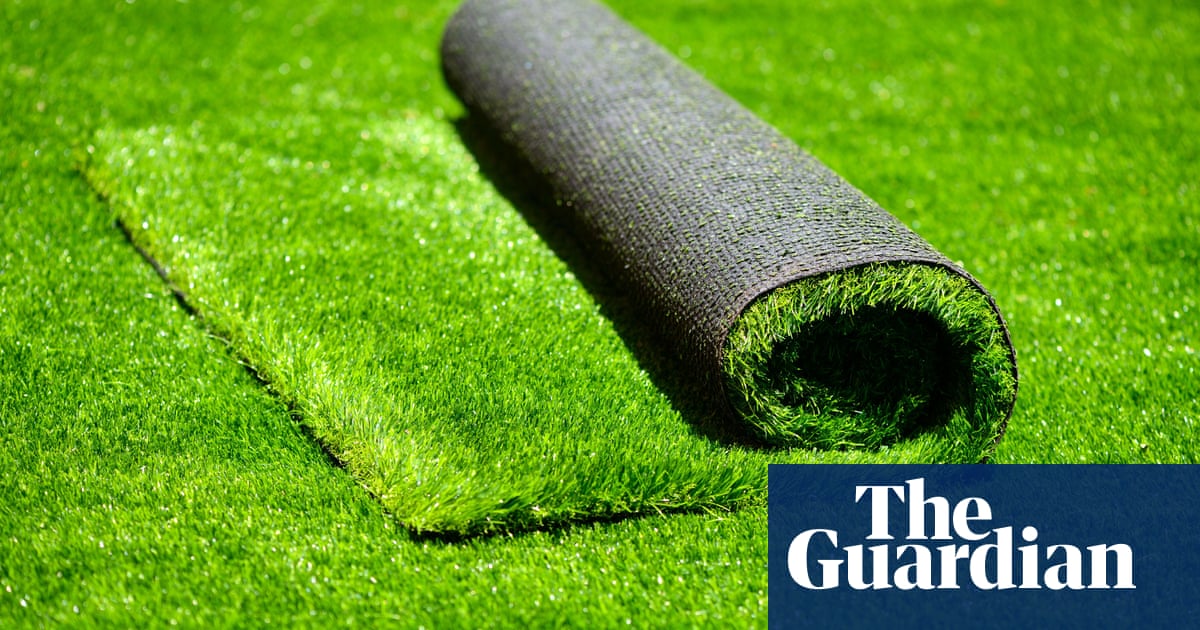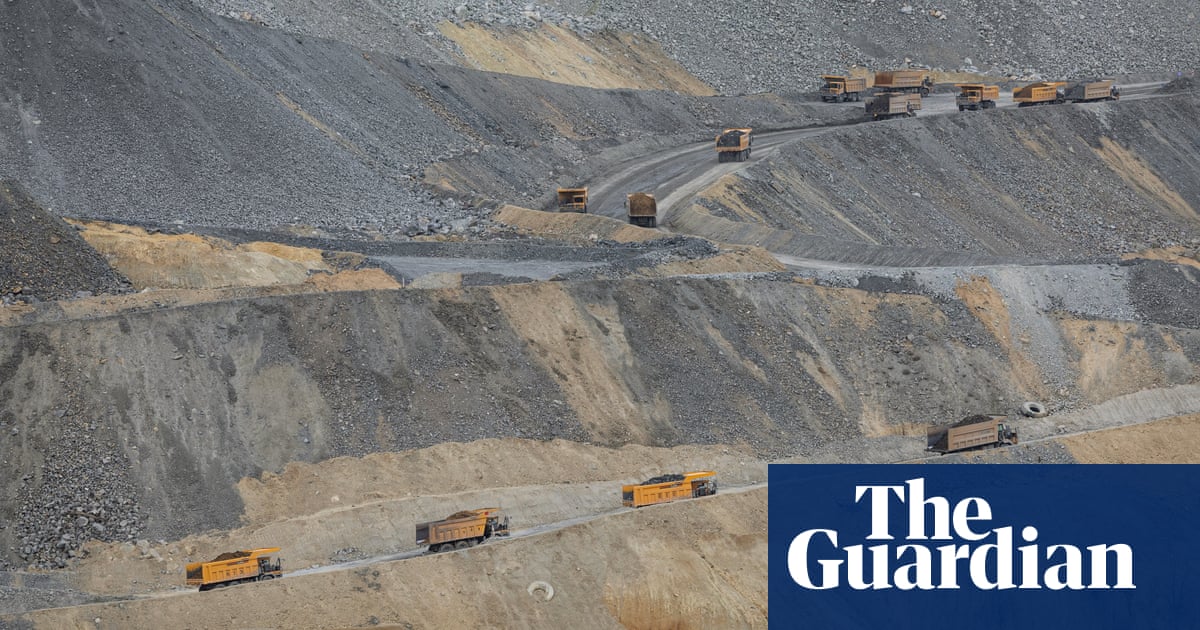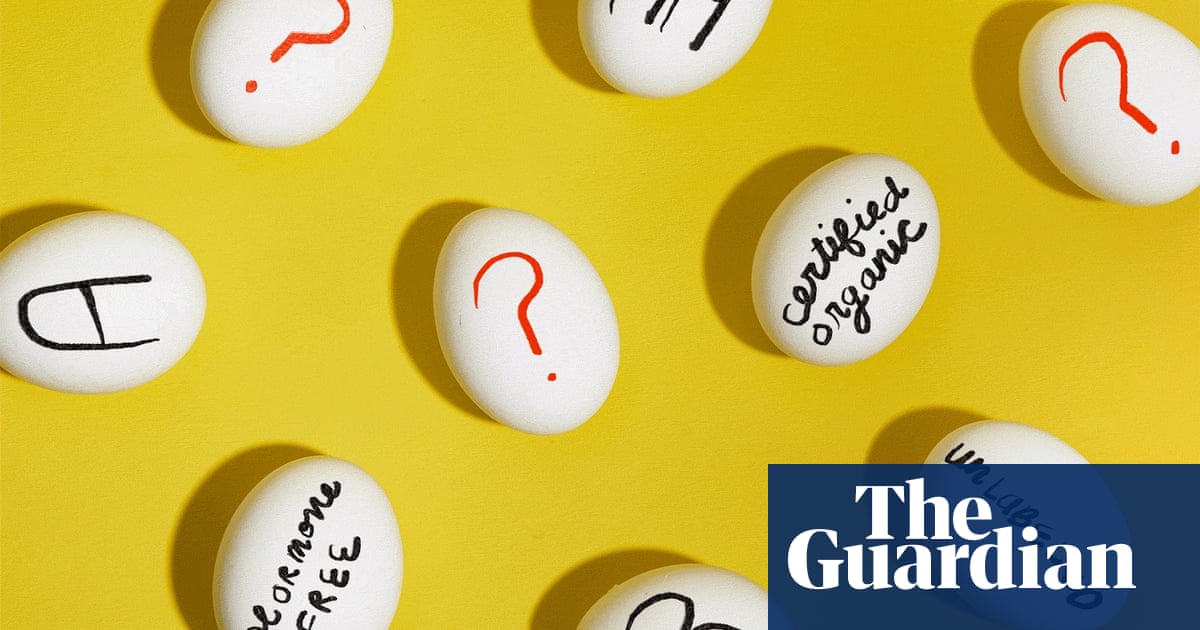Athletes likely to have higher levels of PFAS after play on artificial turf – study | PFAS


Athletes who play on artificial turf are likely to be coated with higher levels of toxic PFAS “forever chemicals” than before playing on the field, new research suggests, raising more questions about the controversial material’s safety.
All artificial turf is made with what public health advocates say is dangerous levels of PFAS. When the highly mobile chemicals break off from plastic grass blades, they can be absorbed through the skin, inhaled, ingested or get in open wounds.
The results from the small study, which looked at levels on the skin of several six-year-old soccer players and their coach, are preliminary, its authors stressed. However, the findings point to what many scientists have feared – artificial turf presents a health threat, said Kyla Bennett, a study co-author with the Public Employees for Environmental Responsibility non-profit.
“In 2024, the last thing we should be doing is putting down acres of a plastic fossil fuel product … with chemicals that are going to get all over athletes’ skin, and into soil and water,” Bennett said. “It just boggles my mind that people are still considering using this stuff.”
PFAS, or per- and polyfluoroalkyl substances, are a class of about 15,000 chemicals often used to make products resist water, stain and heat. The compounds are linked to cancer, liver problems, thyroid issues, birth defects, kidney disease, decreased immunity and other serious health problems.
Artificial turf is made with several layers including plastic grass blades, plastic backing that holds the blades in place and infill that weighs down the turf to help blades stand upright. Industry has said the grass blades and backing cannot be made without PFAS.
Some artificial turf is still produced with ground-up tires that can contain heavy metals, benzene, VOCs and other carcinogens. The material also emits high levels of methane, a potent greenhouse gas, and sheds microplastics and other chemicals into waterways.
Researchers swabbed participants’ skin before and after a soccer game in California, and found levels of PFOS, one of the most dangerous PFAS compounds, increased on three out of four. The levels more than doubled on one player.
Meanwhile, PFAS levels decreased on three out of four participants after a game on a real grass field. PFOS was also detected on a new ball out of the packaging.
The new study only looked for PFOS, but artificial turf has been found to contain as many as 16 PFAS compounds, so the levels on athletes’ skin were in all likelihood much higher. The EPA recently revised its health advisory for PFOS to state that in effect no level of exposure in drinking water is safe.
Some former baseball players with the Philadelphia Phillies suspect artificial turf they played on is behind a spate of rare brain cancers that killed teammates, and the National Football League players’ union is calling for all artificial turf fields to be replaced with grass. Municipalities across the country have banned the material, and several bills to do so have been introduced in state legislatures. California legislators approved a ban on turf made with PFAS last year, but it was vetoed by Governor Gavin Newsom.
Source link




